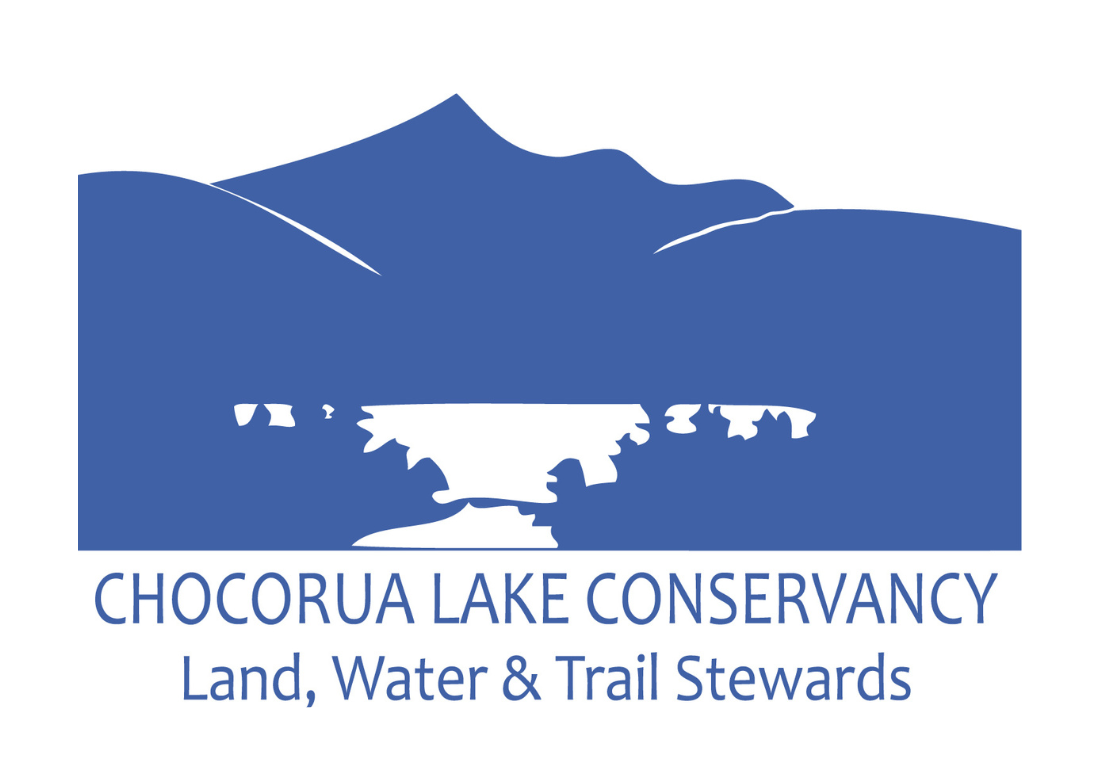Managing Land for Climate Resilience: NRCS EQIP CSAF Forestry Contract for the Browne, Greenough, VerPlanck Forest
by CLC Stewardship Director Debra Marnich
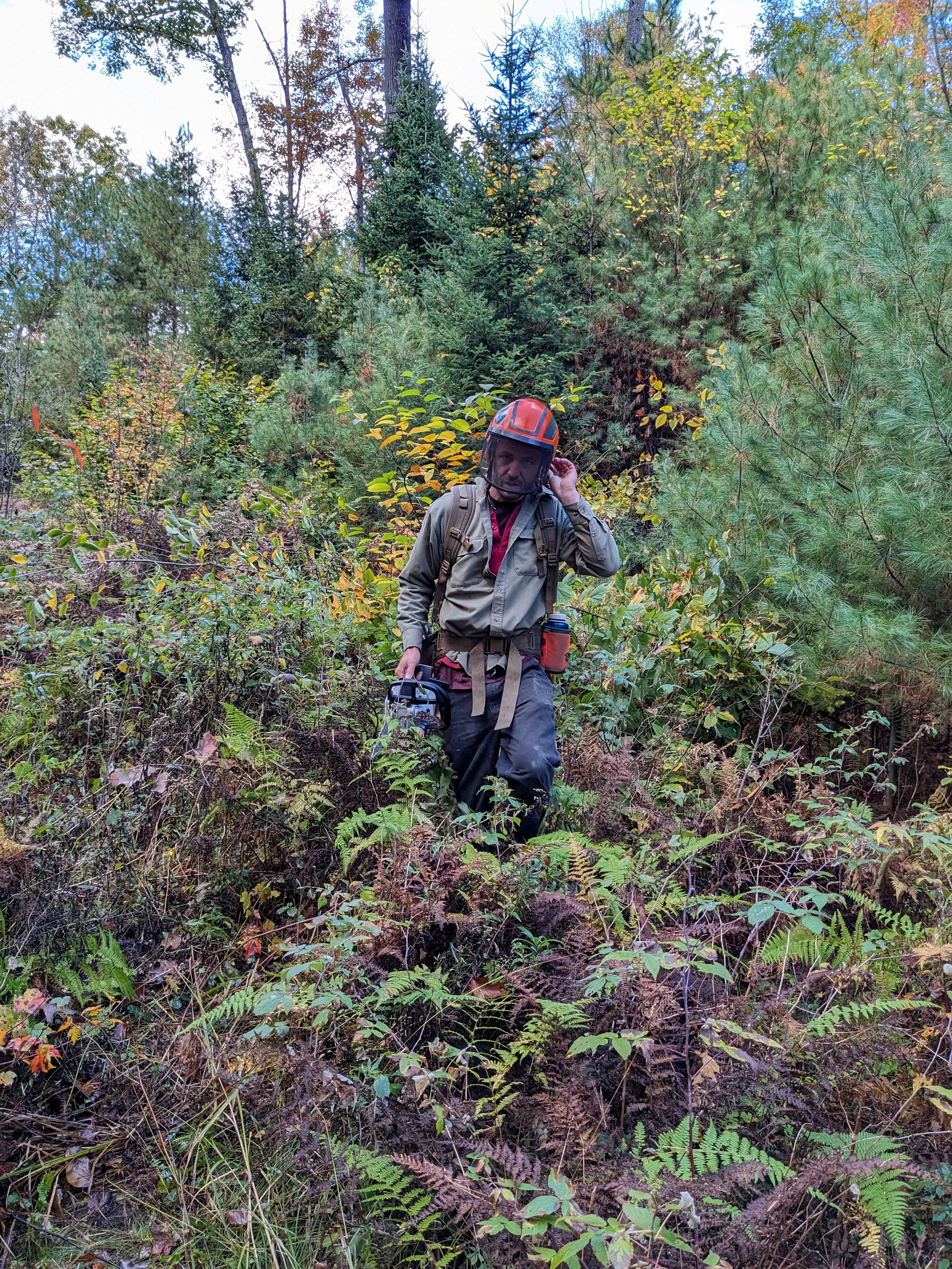
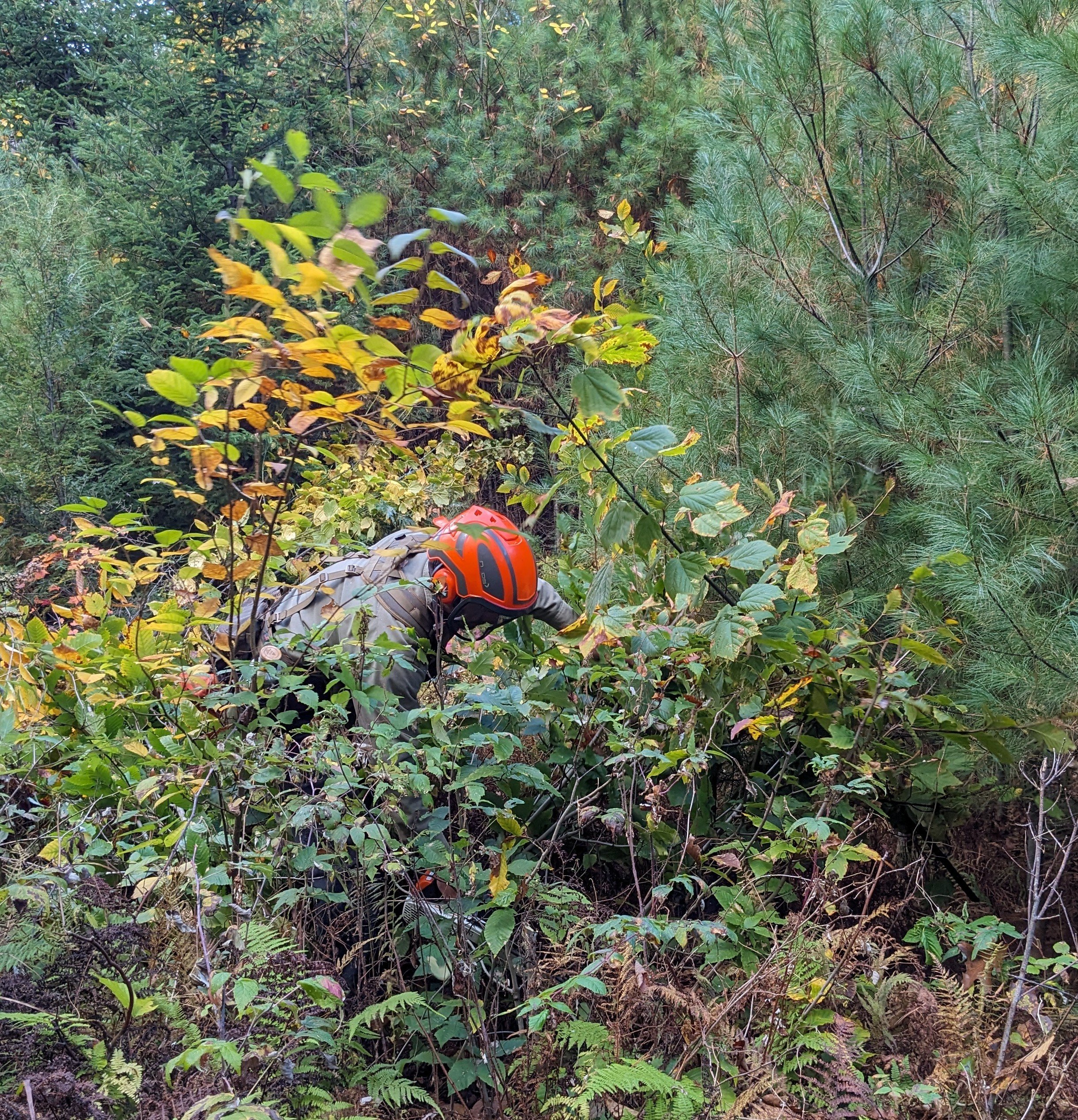

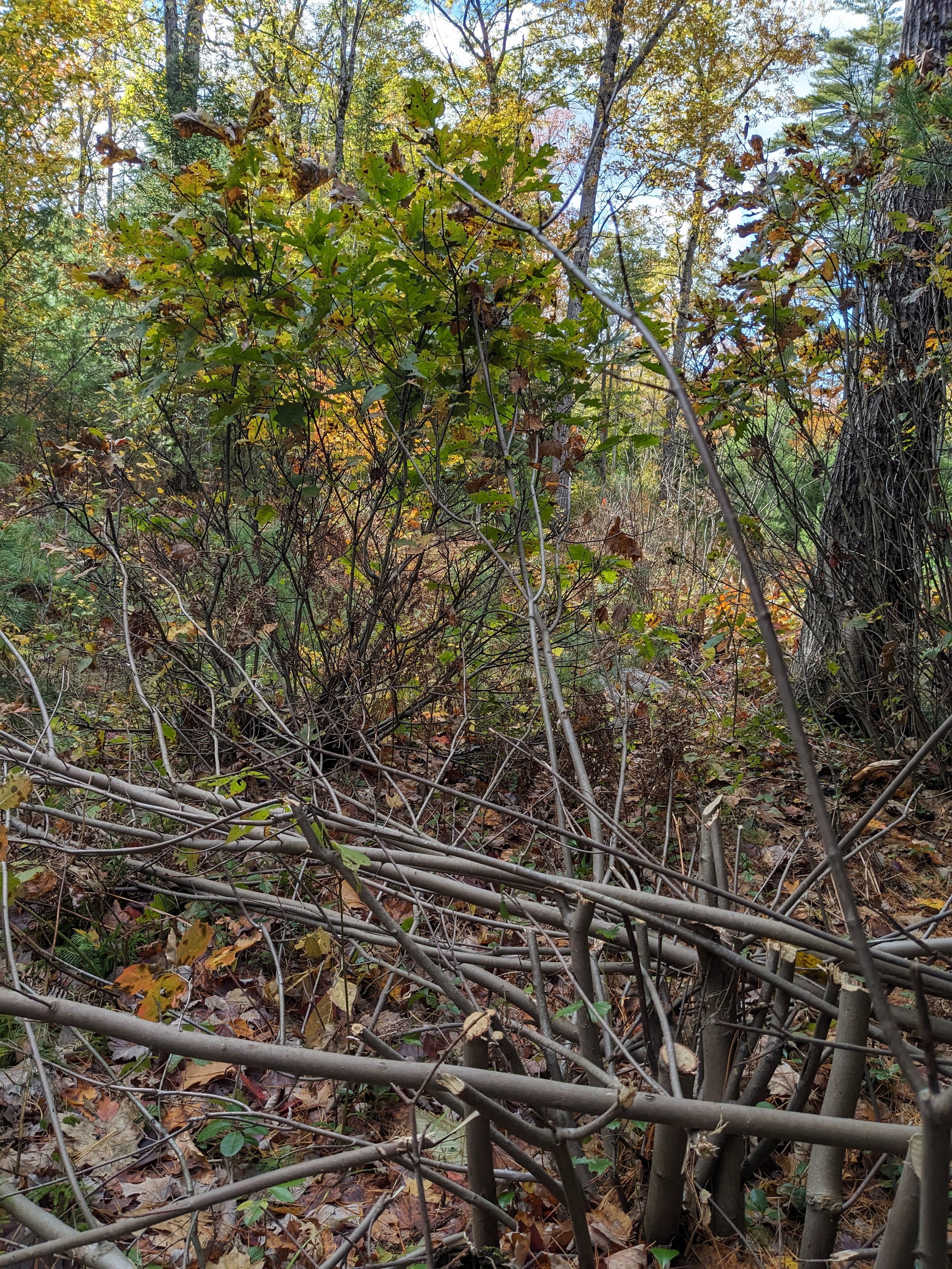
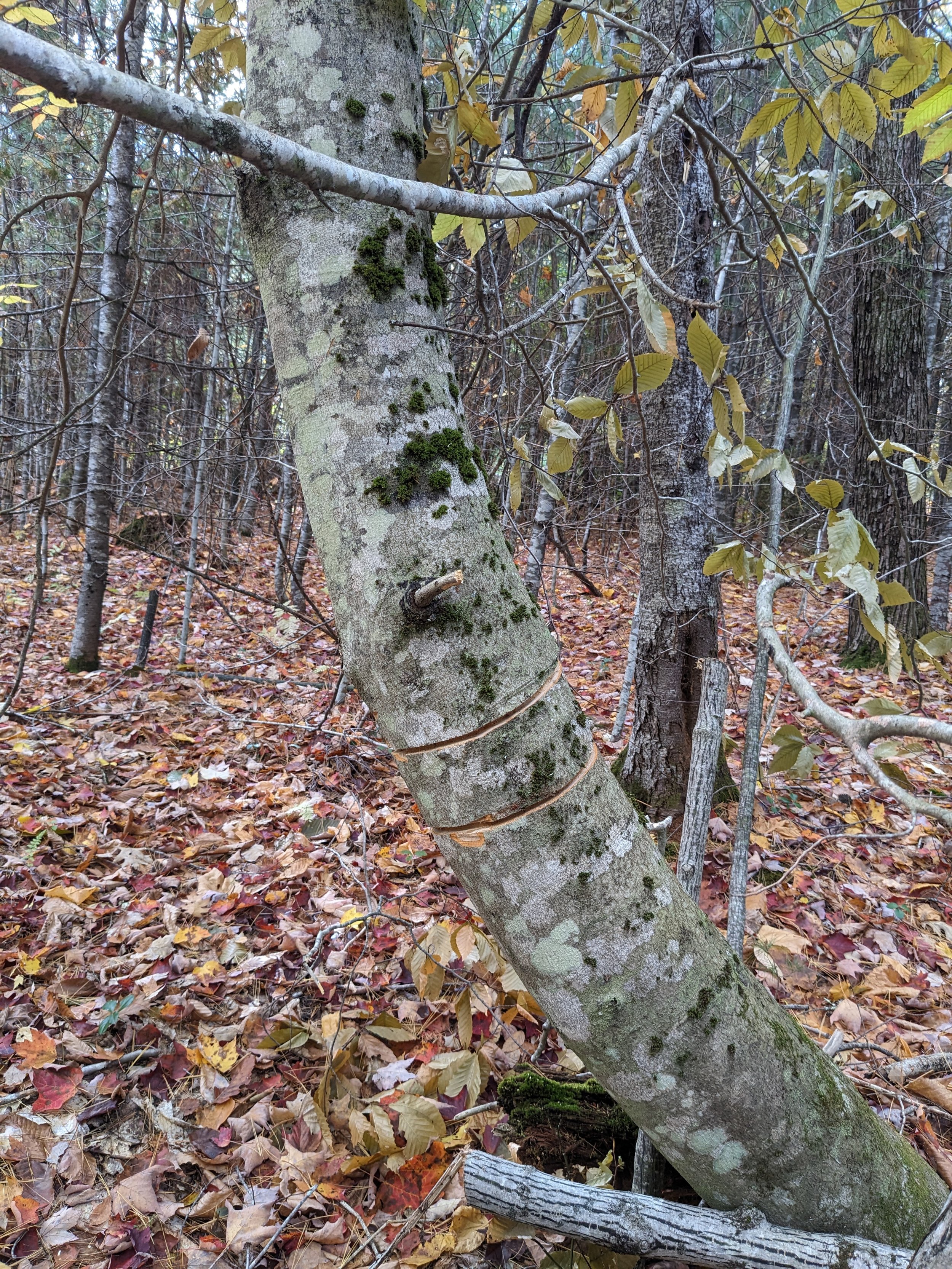
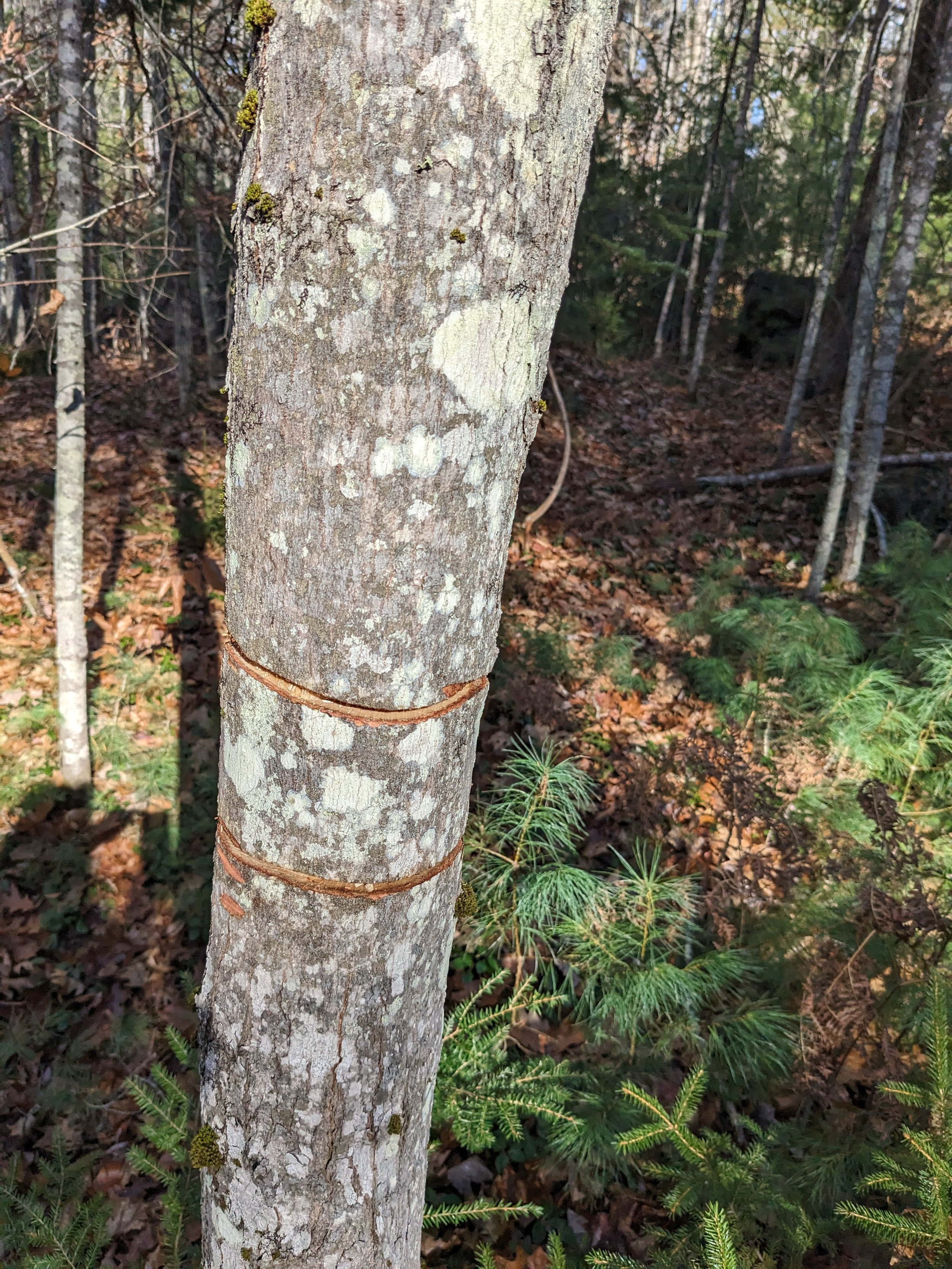
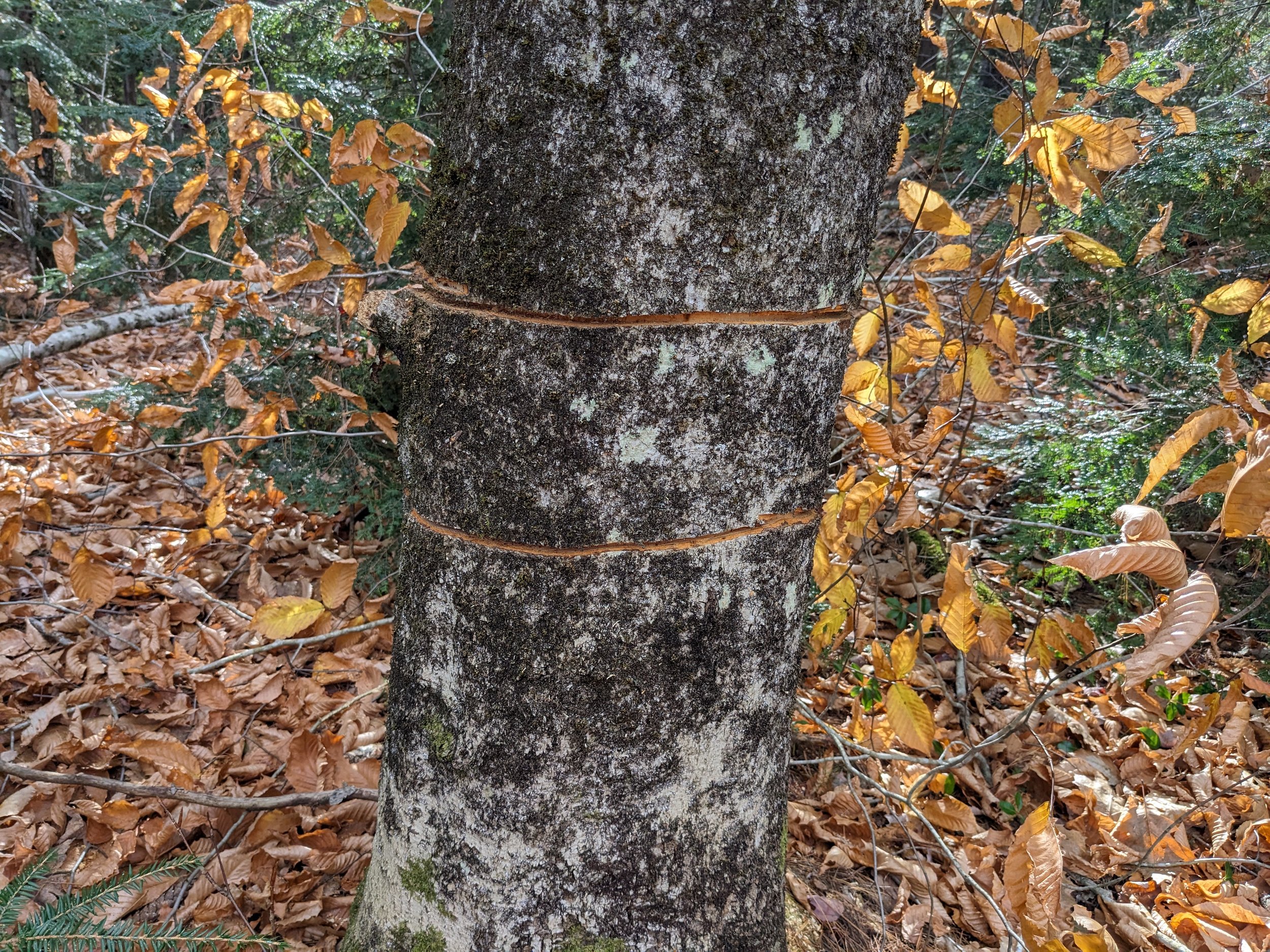
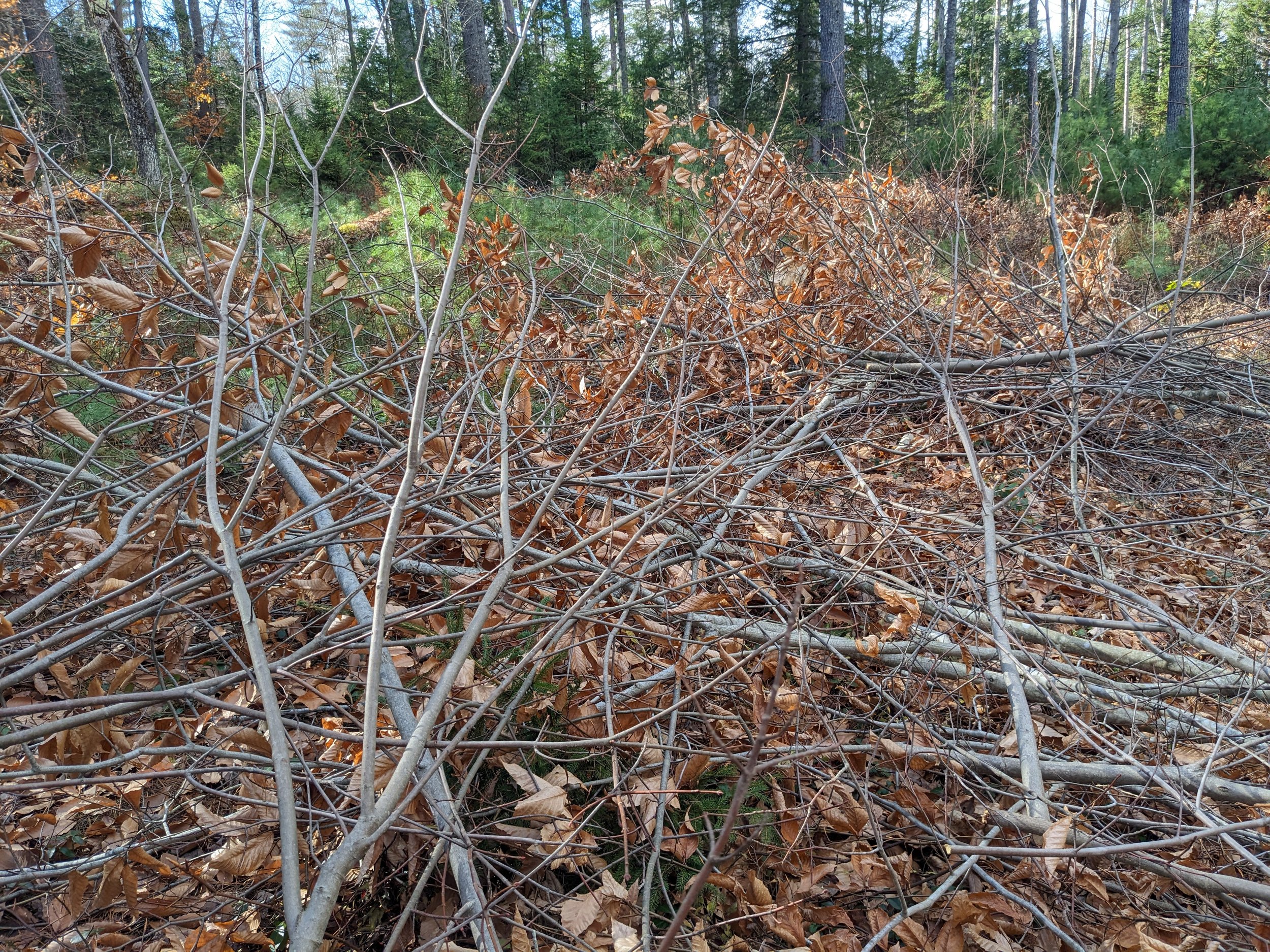
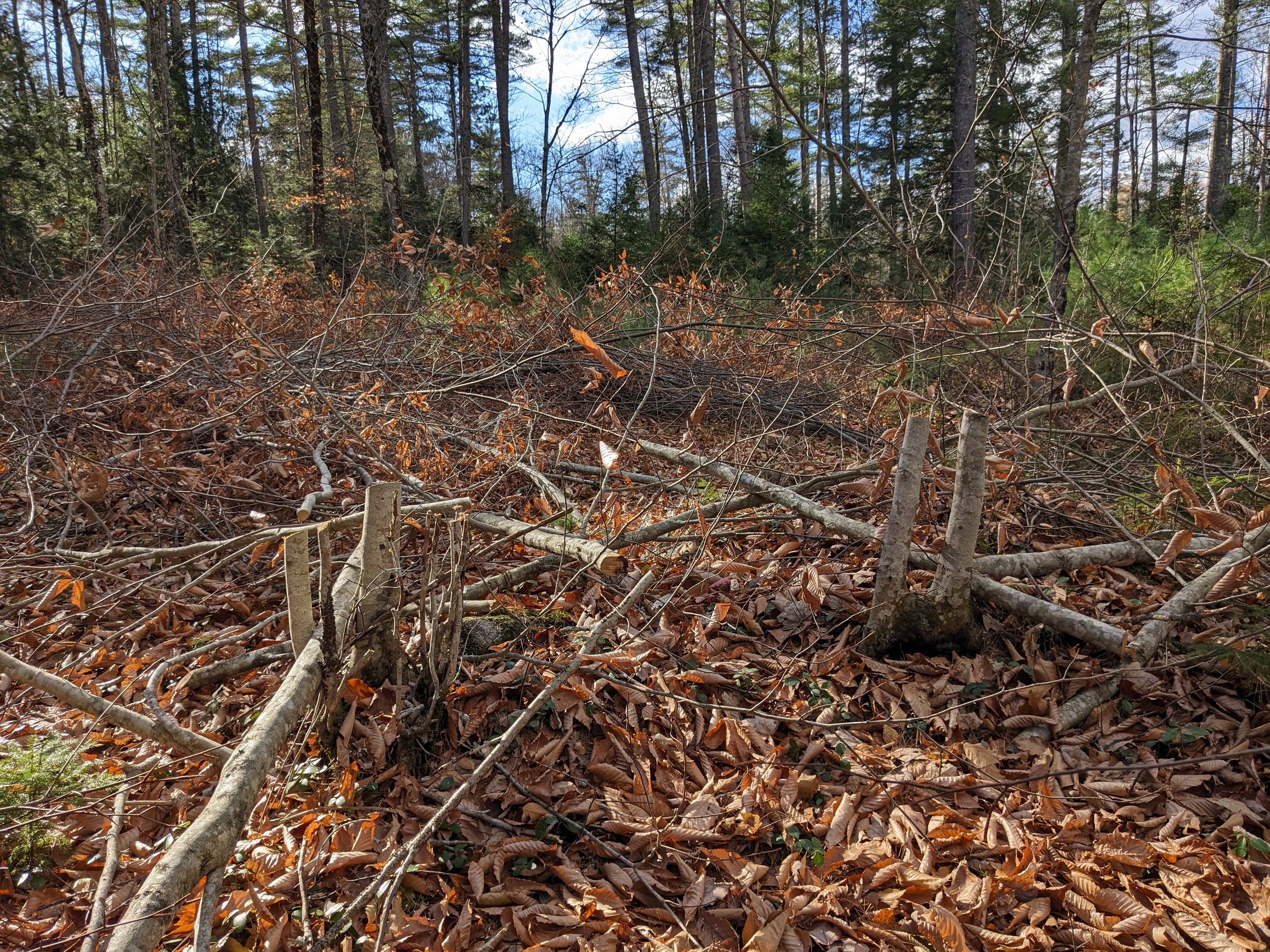
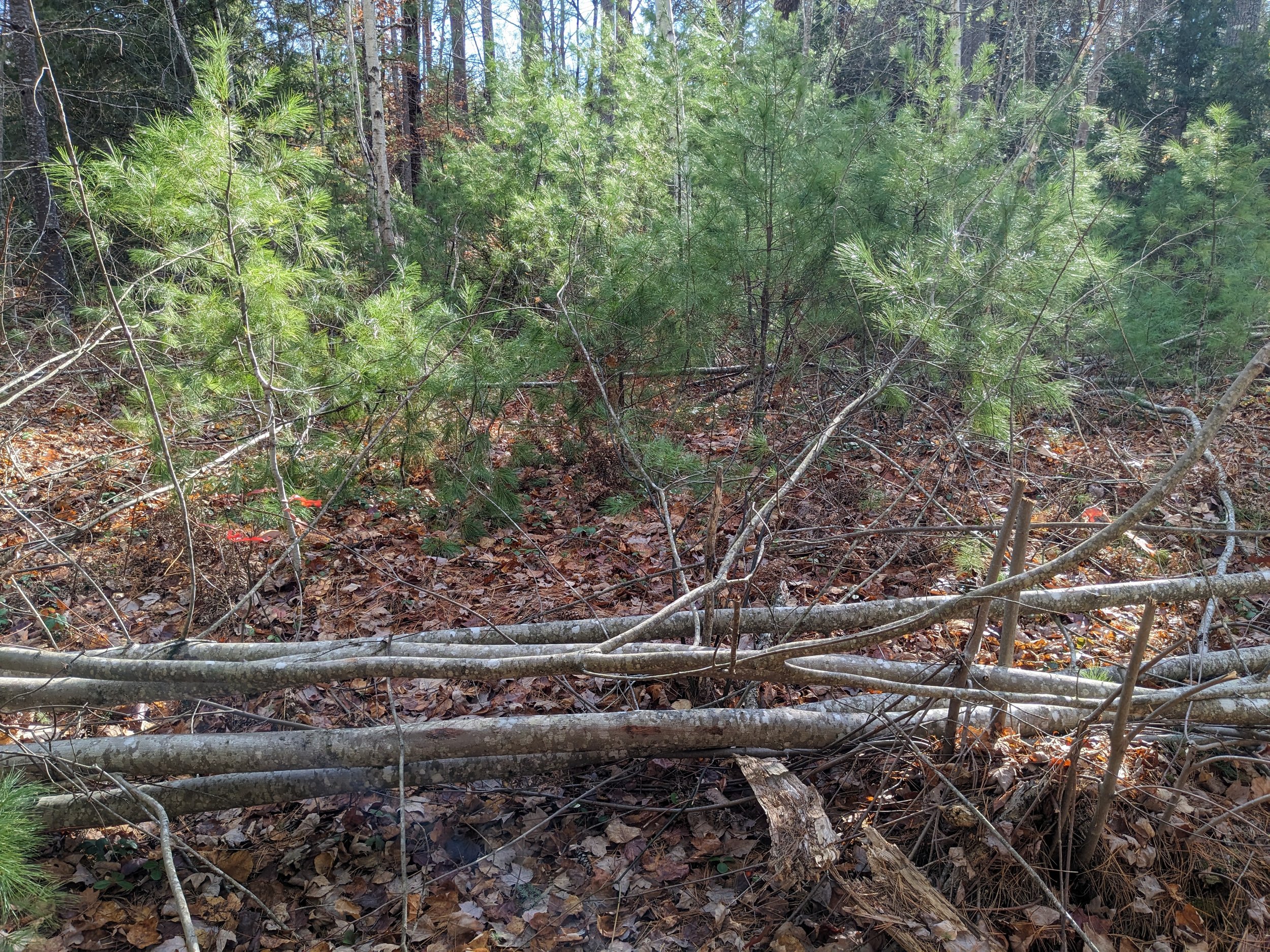
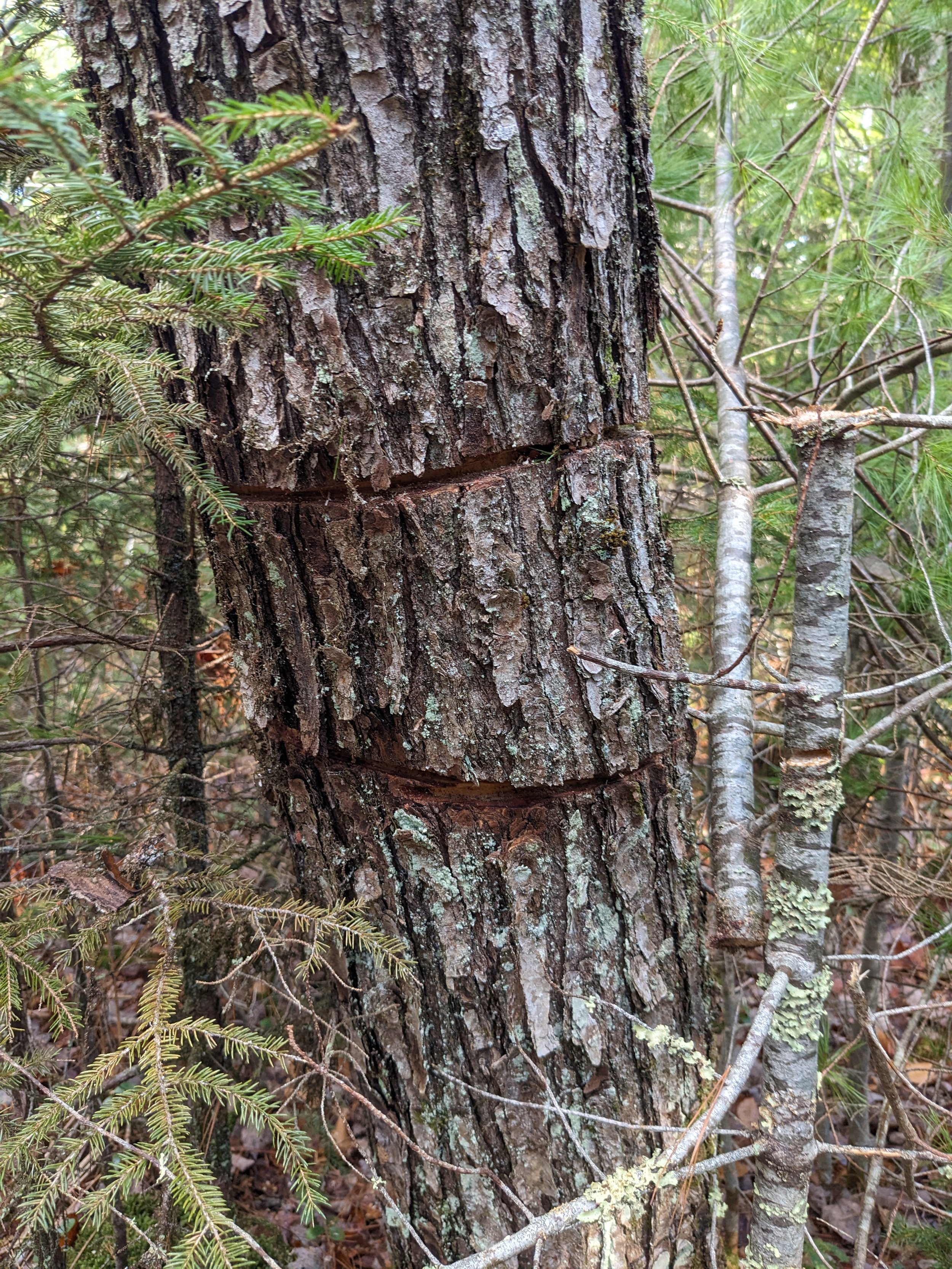
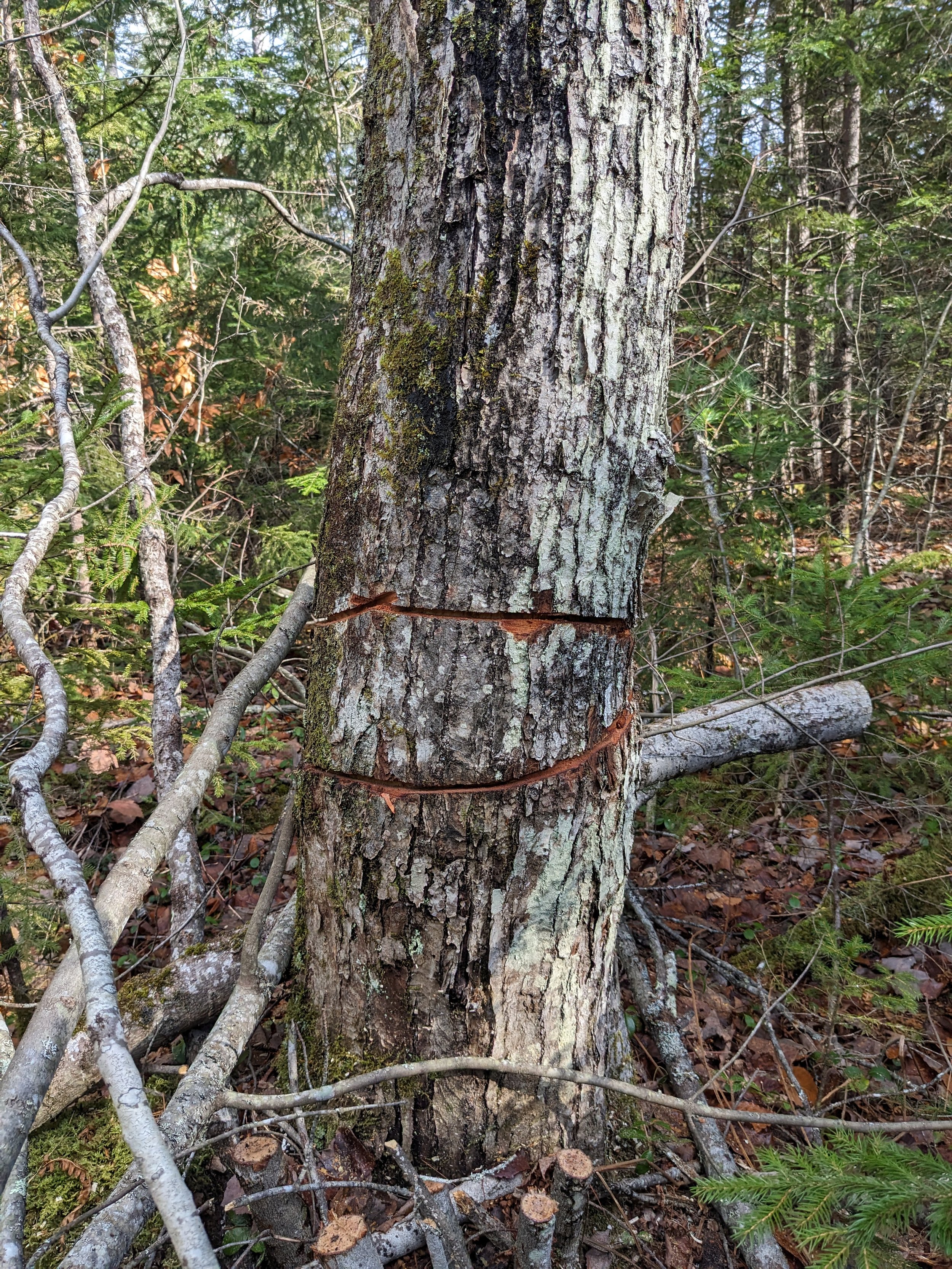
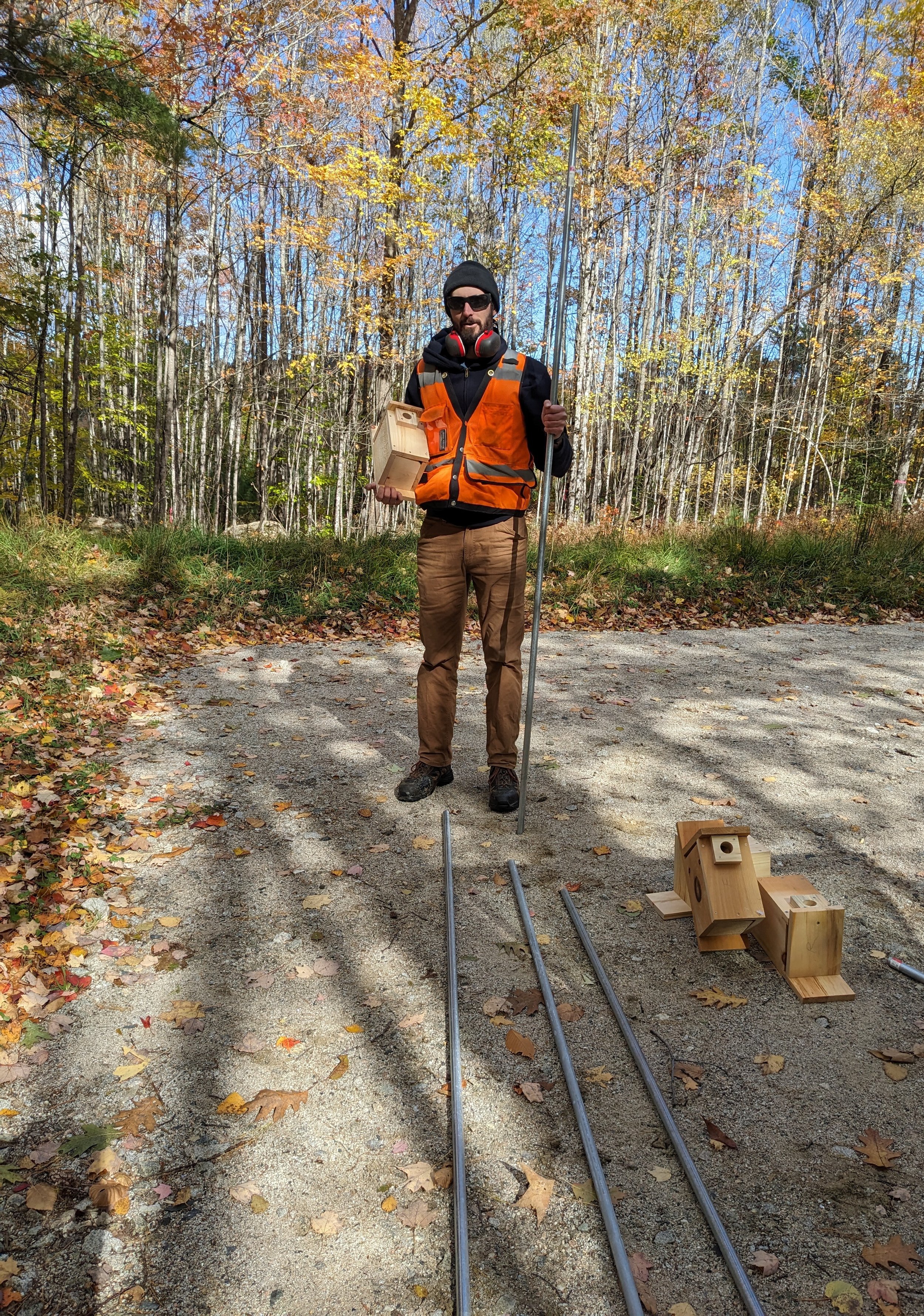

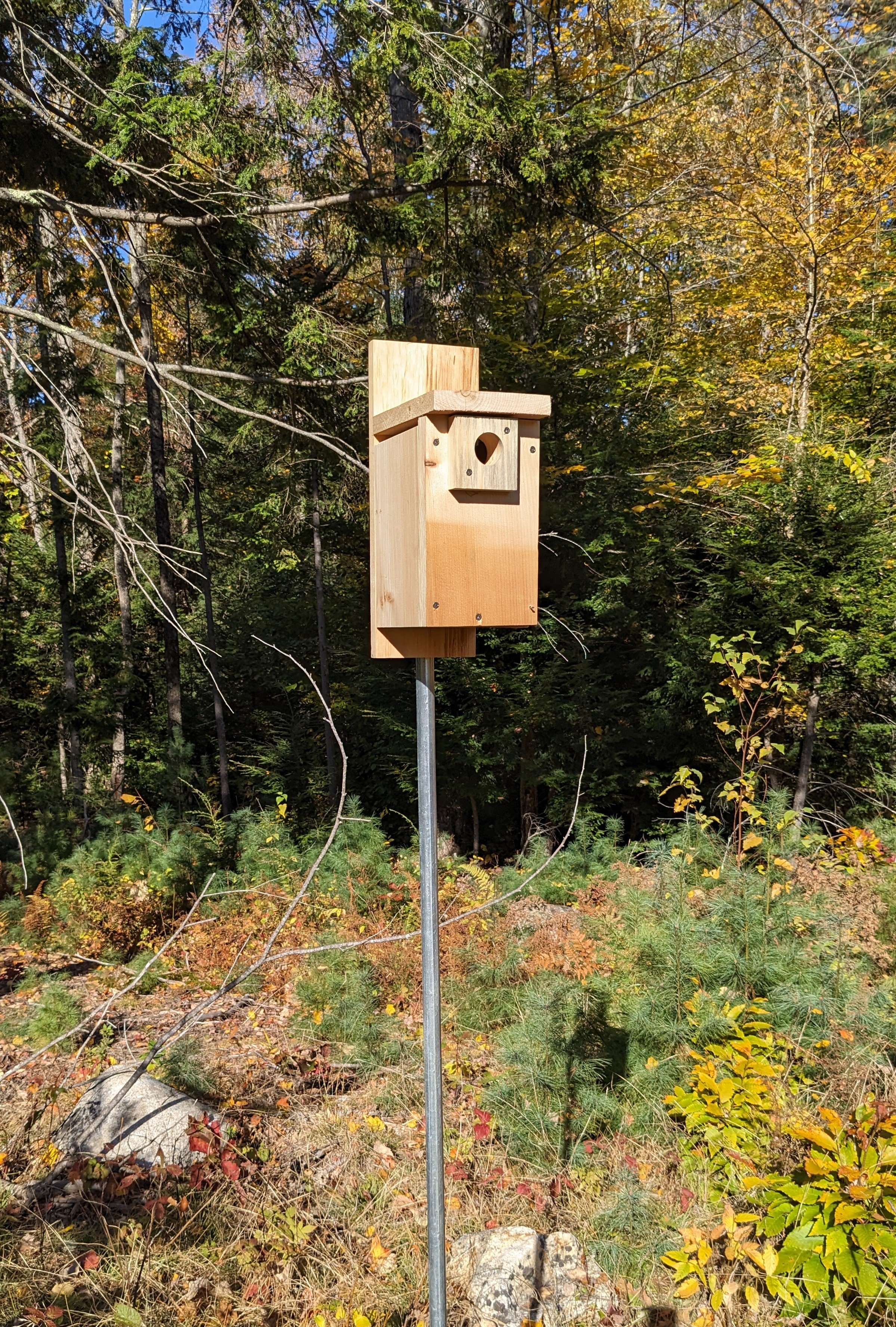
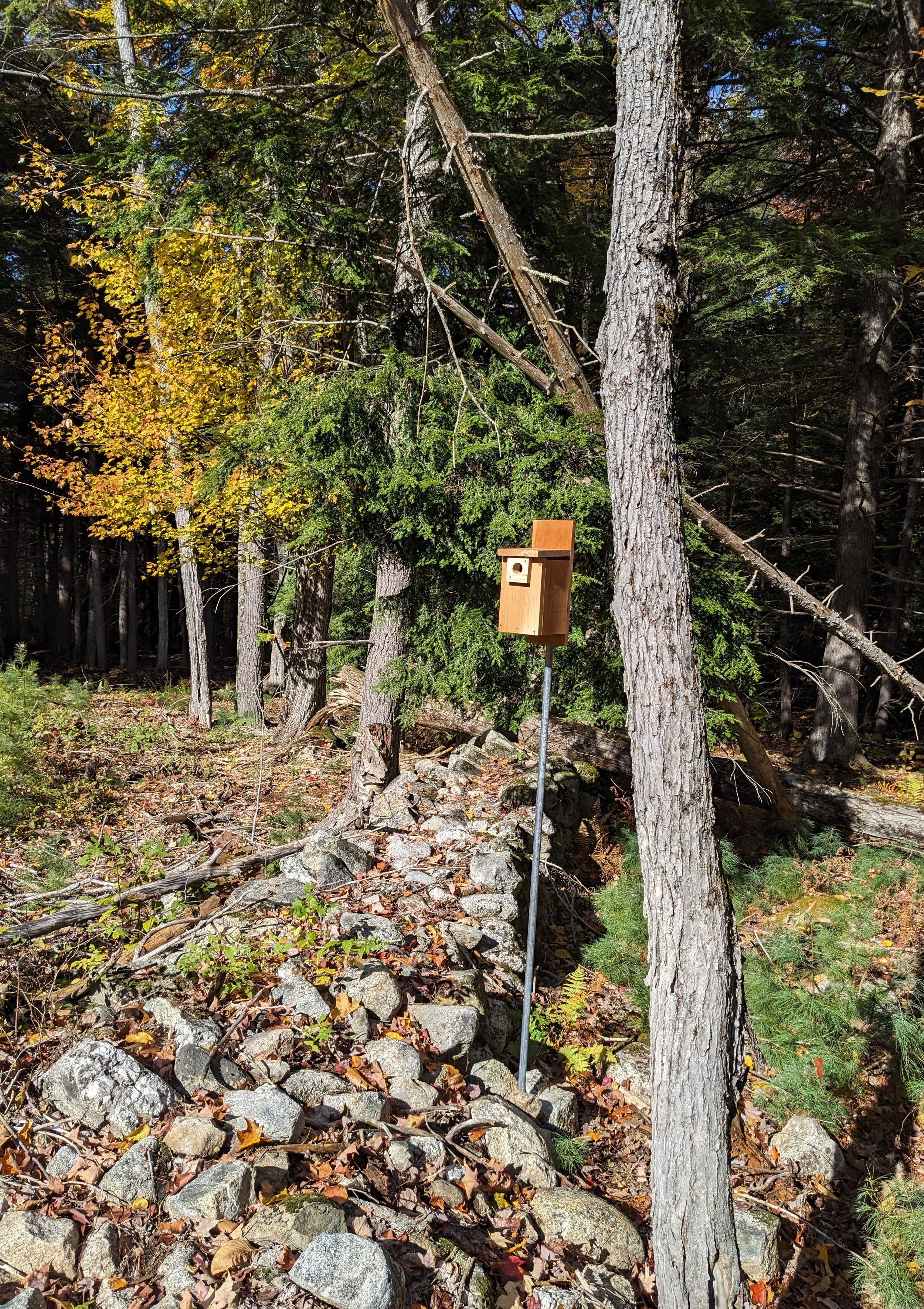
On CLC’s recently acquired Browne, Greenough, VerPlanck Forest property, we are making strides to manage the land with climate-smart practices for current and future climate resilience.
In 2023, after a year of resource management planning with Dan Stepanskaus of Northern Forest Resources and USDA Natural Resources Conservation Service (NRCS), CLC completed a Forest Management Plan (FMP) for the Browne, Greenough, VerPlanck Forest on Washington Hill Road. The Environmental Quality Incentives Program (EQIP) Forest Management Plan included timber cruise data (a timber cruise is an inventory of the volume and value of the timber on a property and the diversity of tree species), recommendations for forestry and wildlife practices, and boundary line recommendations.
After completing the FMP, we implemented its recommendations and partnered with Dan and NRCS to acquire and complete an NRCS EQIP Climate Smart Agriculture and Forestry (CSAF) contract. The contract provided cost-share funding of $12,869 to complete 22 acres of Forest Stand Improvement (FSI) and wildlife habitat enhancement practices at the Browne, Greenough, VerPlanck Forest. Work on this project was completed in the fall of 2024. Read more about the EQIP CSAF program HERE.
A new bird box at the BGV Forest. Photo: Debra Marnich
Forest Stand Improvement is the practice of choosing which desirable tree species to leave and promote in the understory of a forest, changing the age class and species diversity of the stand. In this project, climate-resilient species such as red oak and white pine were favored and areas around them were opened to allow additional light and space for growth. Tree species that were removed included red and striped maple and beech. FSI work happens in the understory of a forest and leaves a very light footprint on the land. Though this practice often goes unnoticed to the untrained eye, it has profound effects on which tree species will dominate the stand in the future. The contract also focused on wildlife habitat enhancement practices such as installing several bird nesting boxes and creating snags or dead-standing trees, which provide important habitat for a diversity of species.
We are pleased to successfully partner with USDA NRCS, Northern Forest Resources, and other contractors to complete this climate-informed project. If you own property and have an interest in any type of land and resource management, contact your local NRCS Service Center to learn more about cost-share funding for private landowners.
Banner image: Debra Marnich
